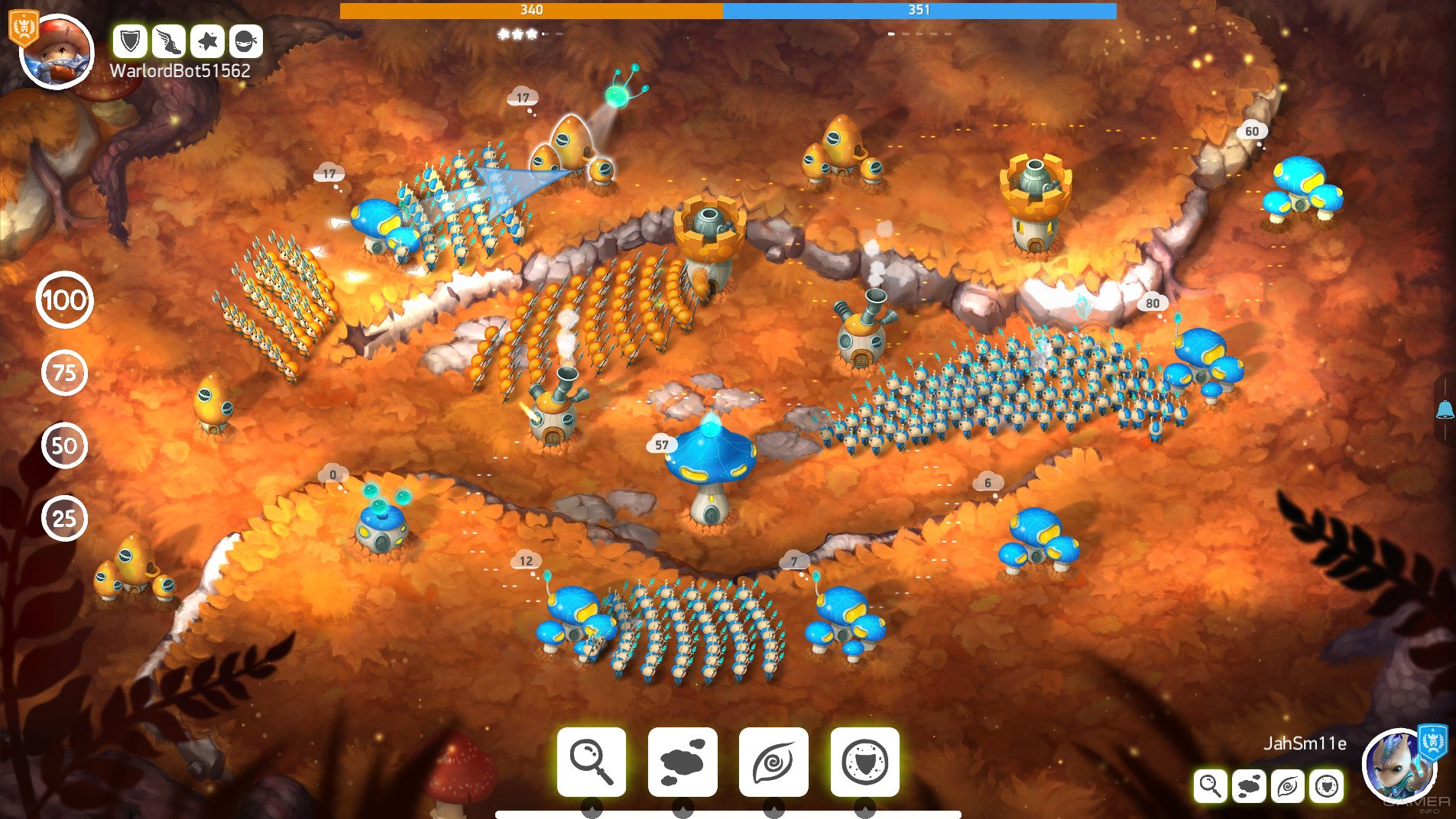

It spreads over a 1.2 Km 2 area with terminals for passengers, general cargo, and containers, in addition to a grain silo and a duty-free zone.

The port is one of the largest ports in the Middle East, a regional hub providing major imports for the Eastern Mediterranean region including Syria, Jordan, Iraq, and the Persian Gulf States. The port of Beirut is Lebanon's main entry point in its capital city Beirut with its strategic geographic location at the nexus of three continents: Europe, East Asia, and Africa. Lebanon, an upper middle-income country, is located on the Mediterranean Sea. Beirut Blast: Health And Environment Implications Beirut Blast: Context and Timeline This review complements recent reports ( 7– 18) and further provide an in-depth analysis of the Beirut blast and its health and environmental implications, and suggests actionable recommendations and strategies. In addition, the blast AN ignition released toxic gases that posed a real threat to Beirut's 2.4 million residents, particularly when mixed with sea humidity and dust particles emitted from the demolished and collapsed buildings. The blast estimated economic burden exceeds 6.7 Billion US dollars ( 6). The blast further damaged schools, commercial centers, museums, news organizations, and foreign embassies which hindered communication and exchange of essential information with local staff, residents and travelers with pressing need for accurate and timely instructions on urgent matters. Over and above the human tragedy, this large disaster damaged 9 of the capital's hospitals ( 5) and hampered access to healthcare for nearly 160,000 patients. The Beirut explosion created a massive blast that produced a 140 m wide crater and an earthquake of a 3.3 magnitude on a Richter scale, killing nearly 220 individuals and injuring more than 6,500 instantly, while leaving ~300,000 people homeless ( 4). The latest AN blast in Beirut was categorized as the third most devastating urban explosions of all time after the Hiroshima and Nagasaki nuclear bombings at the end of world war II ( 3). Throughout history, chemical explosions, particularly those caused by Ammonium Nitrate (AN) have caused tragedies with devastating human and infrastructure loss, disturbing all functional aspects of affected communities ( 1, 2). Future clinical efforts should involve detailed assessment of physical injuries sustained by blast victims, with systemic mitigation and possible treatment of late blast effects involving individuals, communities and the region at large.Ĭhemical explosions cause large disasters and civilian mass casualties. These recommended actionable steps offer a starting point for government officials and policymakers to build frameworks, adopt regulations, and implement chemical safety protocols to ensure safe storage of hazardous materials as well as reorganizing healthcare system disaster preparedness to improve emergency preparedness in response to similar large-scale disasters and promote population safety. It further reviews prior AN incidents and suggests actionable recommendations and strategies to optimize chemical safety measures, improve emergency preparedness, and mitigate the delayed clinical effects of blast and toxic gas exposures. This review represents one of the in-depth reports to provide a detailed analysis of the Beirut blast and its health and environmental implications. The blast supersonic pressure and heat wave claimed the lives of 220 people and injured more than 6,500 instantaneously, with severe damage to the nearby dense residential and commercial areas. An uncontrolled fire in an adjacent warehouse ignited ~2,750 tons of Ammonium Nitrate (AN), producing one of the most devastating blasts in recent history.

Dhaini 2 †, Stefania Mondello 3, Haytham Kaafarani 4, Firas Kobeissy 5 * and Ralph G.


 0 kommentar(er)
0 kommentar(er)
